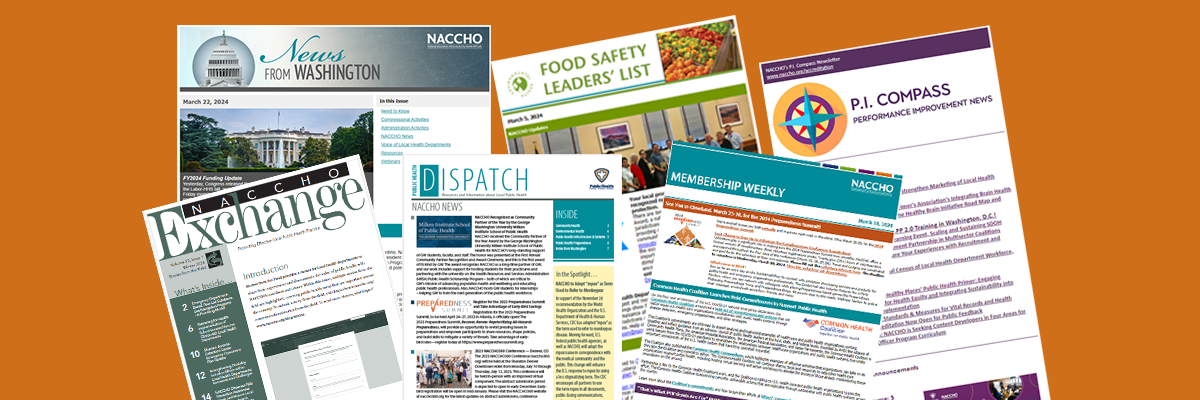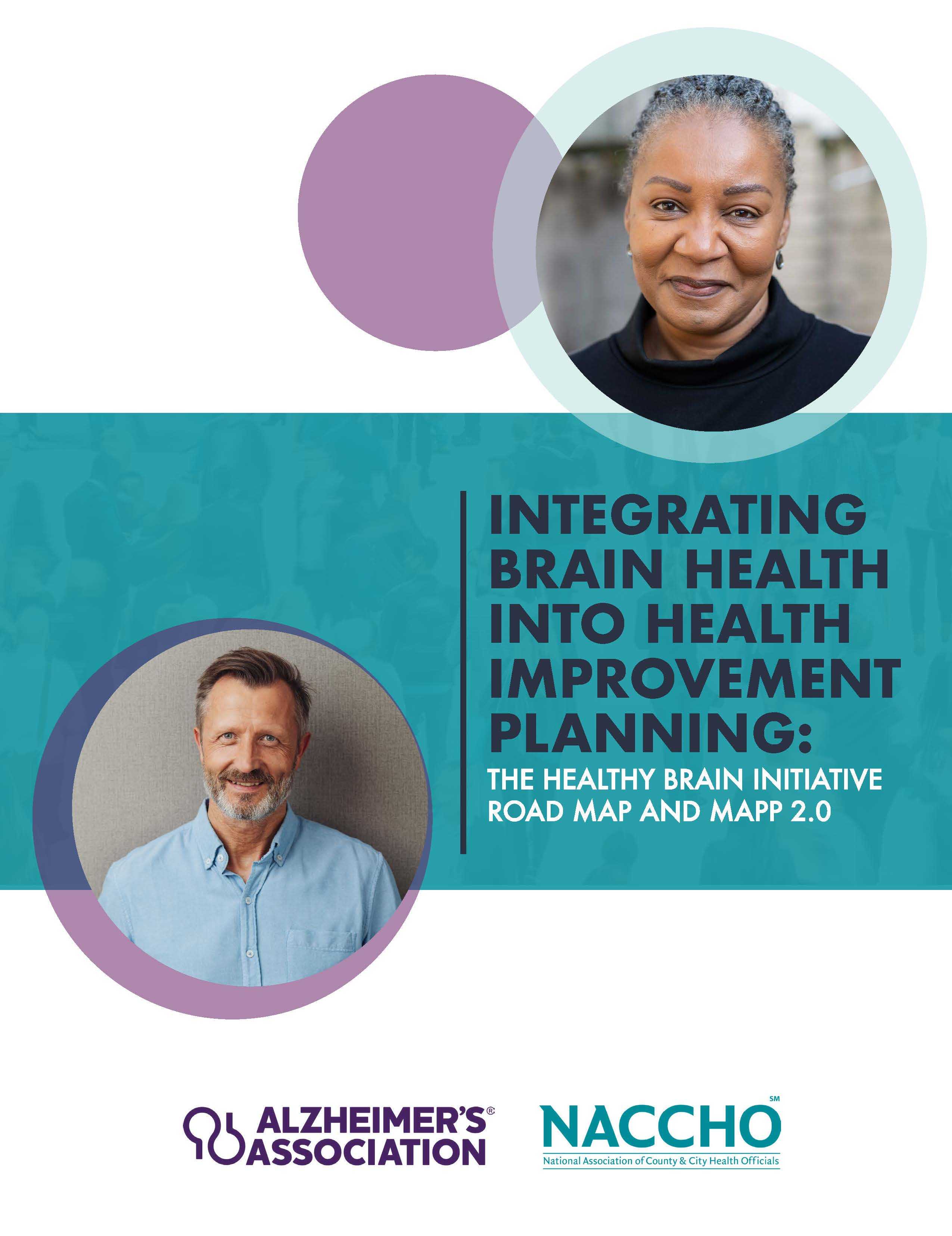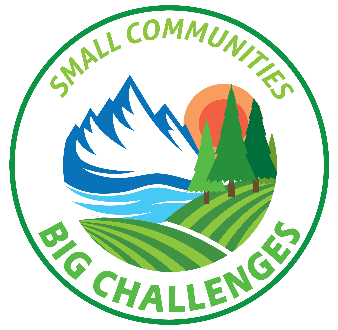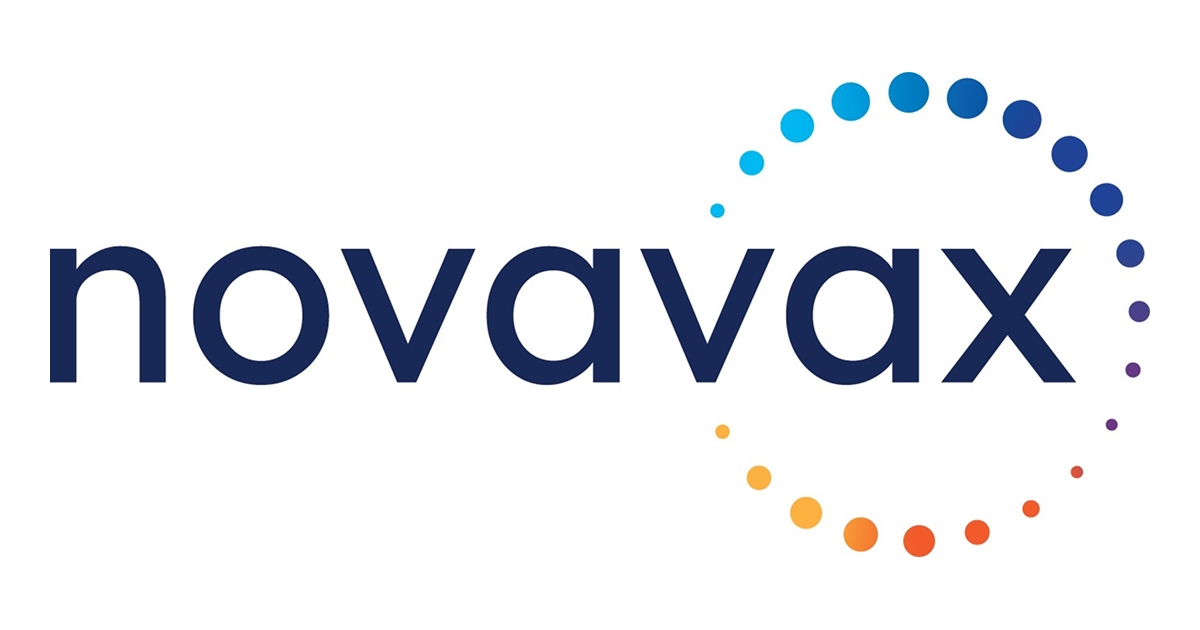Popular Categories
Preparedness Planning, Outcomes, and Measurement (PPOM) Workgroup October Report
Chairs: Steve Huleatt & Steve Englender; Staff: Resham Patel and Naomi Rennard The PPOM held its monthly call on Oct. 22. The...
Nov 11, 2013 | Resham Patel
Medical Reserve Corps (MRC) Workgroup October Report October Report
Chair: Bobbi Alcock; Staff: Tahlia Gousse The MRC Workgroup convened via conference call Oct. 21. The workgroup reviewed its resource...
Nov 11, 2013 | Tahlia Gousse
Partnerships Between Emergency Management and Local Health Departments
In this article from EMSWorld, Andy Roszak, NACCHO’s Senior Director for Environmental Health, Pandemic Preparedness and...
Nov 11, 2013 | Admin
Flu-Associated Pediatric Deaths: Findings from a Recent Study
A recent Centers for Disease Control and Prevention (CDC) study published in Pediatrics, “Influenza-Associated Pediatrics Deaths in...
Nov 11, 2013 | Sara Rubin
NACCHO Staff Take Steps to Help Their Community Be More Prepared
Sixteen NACCHO staff participated in a Community Emergency Response Team (CERT) training on October 28 and 29. The CERT program trains...
Nov 04, 2013 | Samantha Morgan
SAMHSA Disaster App for Behavioral Health Resources
SAMHSA’s Disaster App allows behavioral health responders to access resources for any type of traumatic event at all stages of...
Nov 04, 2013 | Frances Bevington
Budget Cuts Reduce Pandemic Influenza Planning and Response Capacity
Since 2007, continued funding cuts have been impacting pandemic influenza planning and response in local health departments (LHDs)....
Oct 30, 2013 | Sara Rubin
Online Game Provides Cyber Security and Disaster Planning Training
As part of National Cyber Security Awareness Month, the Office of the National Coordinator (ONC) for Health Information Technology...
Oct 25, 2013 | Frances Bevington
This Emergency Will Be Tweeted: What Local Health Departments Need to Know About...
With nearly three out of four American adults using social networking sites, first-hand reports on social media during unfolding...
Oct 17, 2013 | Frances Bevington
Preparedness Planning, Outcomes, and Measurement (PPOM) Workgroup October ReportChairs: Steve Huleatt & Steve Englender; Staff: Resham Patel and Naomi Rennard The PPOM held its monthly call on Oct. 22. The group discussed local preparedness planning and Project Public Health Ready (PPHR), including how PPHR can be used as an essential tool for local health departments working in preparedness. The group discussed common approaches […] Nov 11, 2013 | Resham Patel |
Medical Reserve Corps (MRC) Workgroup October Report October ReportChair: Bobbi Alcock; Staff: Tahlia Gousse The MRC Workgroup convened via conference call Oct. 21. The workgroup reviewed its resource inventory it began developing last year for the Factors For Success, a unit assessment tool developed by the DCVMRC for MRC unit leaders. In the coming months the workgroup will be recommending resources for the […] Nov 11, 2013 | Tahlia Gousse |
Partnerships Between Emergency Management and Local Health DepartmentsIn this article from EMSWorld, Andy Roszak, NACCHO’s Senior Director for Environmental Health, Pandemic Preparedness and Catastrophic Response, shares how local health departments can work more closely with their local Emergency Management Services (EMS). Roszak attended the 2013 EMS World Expo in September 2013 to learn more about the current trends facing the EMS sector, to […] Nov 11, 2013 | Admin |
Flu-Associated Pediatric Deaths: Findings from a Recent StudyA recent Centers for Disease Control and Prevention (CDC) study published in Pediatrics, “Influenza-Associated Pediatrics Deaths in the United States, 2004-2012” affirms the critical and life-saving role flu vaccine can play in protecting all children during flu season. This study broadens the body of knowledge around influenza-associated pediatric deaths (for children with and without high-risk... Nov 11, 2013 | Sara Rubin |
NACCHO Staff Take Steps to Help Their Community Be More PreparedSixteen NACCHO staff participated in a Community Emergency Response Team (CERT) training on October 28 and 29. The CERT program trains citizens to be better prepared to respond to emergencies in their communities by learning how to provide immediate assistance to victims and organize spontaneous volunteers at the disaster site. When response resources are limited, CERT […] Nov 04, 2013 | Samantha Morgan |
SAMHSA Disaster App for Behavioral Health ResourcesSAMHSA’s Disaster App allows behavioral health responders to access resources for any type of traumatic event at all stages of deployment. Resources are pre-downloaded to the user’s mobile phone to ensure access in the event of limited Internet connectivity in the field. Users can also share resources, like tips for helping survivors cope, and find […] Nov 04, 2013 | Frances Bevington |
Budget Cuts Reduce Pandemic Influenza Planning and Response CapacitySince 2007, continued funding cuts have been impacting pandemic influenza planning and response in local health departments (LHDs). Sequestration, the automatic federal spending cuts that took place in March 2013, caused further strain on these programs. With another round of sequestration cuts set to take place in January 2014, LHDs may be forced to reduce or eliminate programs that would plan... Oct 30, 2013 | Sara Rubin |
Online Game Provides Cyber Security and Disaster Planning TrainingAs part of National Cyber Security Awareness Month, the Office of the National Coordinator (ONC) for Health Information Technology released its second Web-based security training module, “CyberSecure: Your Medical Practice” for healthcare providers and staff on October 24, 2013. The game provides training on disaster planning, data backup and recovery, and other elements of... Oct 25, 2013 | Frances Bevington |
This Emergency Will Be Tweeted: What Local Health Departments Need to Know About Social MediaWith nearly three out of four American adults using social networking sites, first-hand reports on social media during unfolding situations present many opportunities for those in the fields of local public health and emergency response. However, local health departments have a long way to go with adoption of social media, with only 8 percent using Twitter and 24 percent using Facebook. Oct 17, 2013 | Frances Bevington |

Subscribe Today
Sign Up for the E-mail Digests
Create an account or login to MyNACCHO and go to "My Subscriptions."
SUBSCRIBE NOWPARTNER ARTICLES
More NACCHO Blogs
Check out all the NACCHO blogs.




